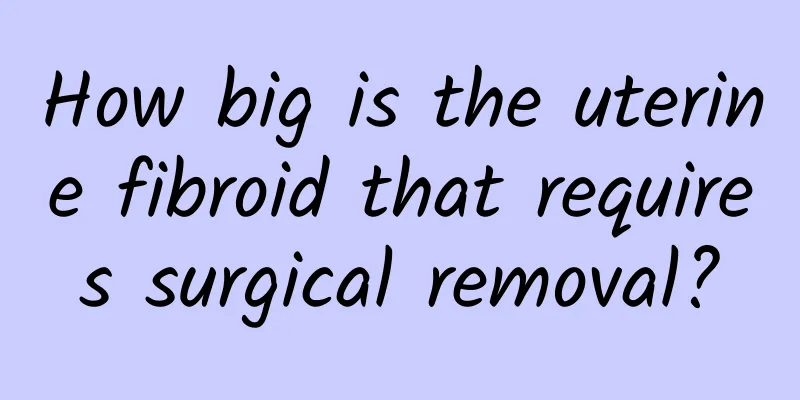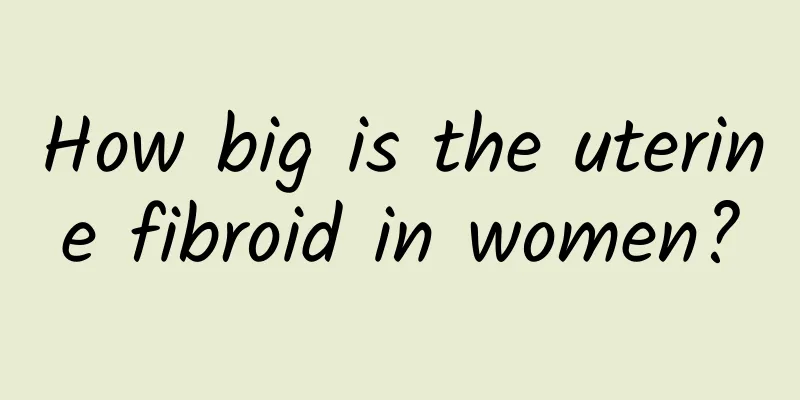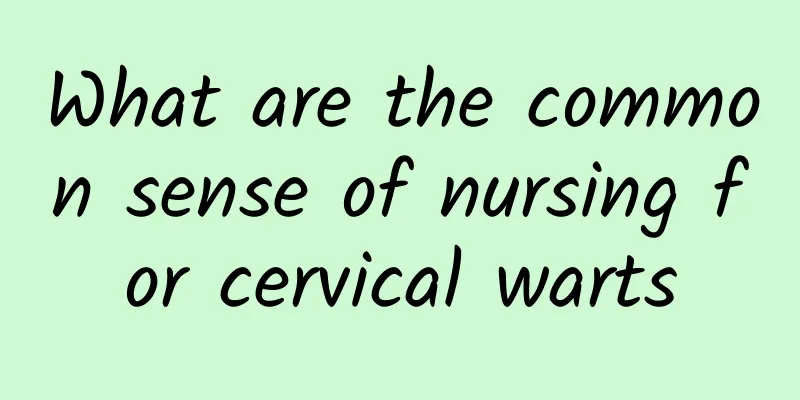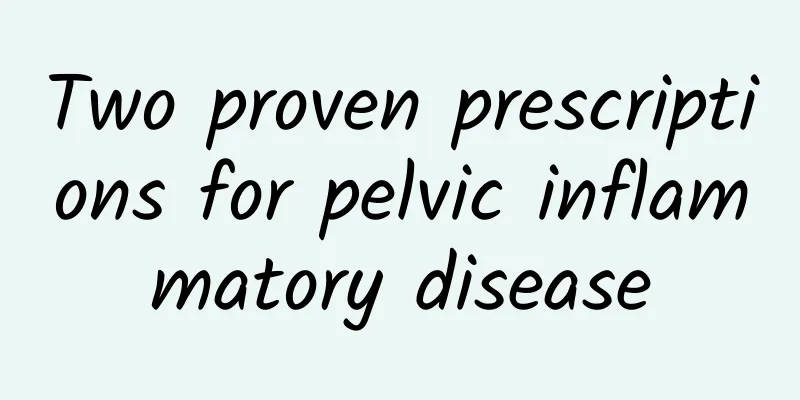How big is the uterine fibroid that requires surgical removal?

|
Uterine fibroids are a common benign tumor in the female reproductive organs, mainly formed by the proliferation of uterine smooth muscle cells, in which a small amount of fibrous connective tissue exists as a supporting tissue. Uterine fibroids generally require surgical resection when they are larger than 5cm or accompanied by related symptoms. If the patient is less than 5cm but has obvious related symptoms, surgical treatment can also be performed. If the uterine fibroid is smaller than 4cm, has no related symptoms, and has no abnormal menstruation, the patient can choose to observe temporarily and have a review every 3 months. If the uterine fibroid is found to be enlarged or related symptoms appear during this period, surgical treatment is required in a timely manner. Specific suggestions should be followed according to the doctor's advice. 1. Surgery is required when the fibroid is larger than 5 cm or is accompanied by related symptoms: If the fibroid is larger or is accompanied by symptoms such as pelvic pain, irregular menstruation, abnormal bleeding, etc., it may affect the quality of life and health. At this time, surgical resection is a common treatment method that can effectively relieve symptoms and prevent further deterioration of the disease. 2. Patients with uterine fibroids smaller than 5 cm but with obvious symptoms may consider surgical treatment: Even if the uterine fibroids are smaller than 5 cm, if the symptoms are obvious and affect the quality of life, surgical treatment may be considered. Surgery can help relieve symptoms and improve the patient's quality of life. 3. Patients with uterine fibroids smaller than 4 cm and without symptoms can choose to observe: Patients with uterine fibroids smaller than 4 cm and without symptoms can choose to observe temporarily and have a review every 3 months. During the observation period, the size and growth of the tumor should be reviewed regularly, and attention should be paid to whether relevant symptoms appear. 4. If the tumor is found to be enlarged or symptoms appear during the observation period, surgical treatment is required: If the uterine fibroids are found to be enlarged or the patient has related symptoms, such as pelvic pain, menstrual abnormalities, etc., surgical treatment should be considered in time. Surgery can prevent the disease from worsening and relieve discomfort. 5. Follow the doctor's advice: Whether you choose surgery or observation, patients should follow the doctor's advice and treatment plan. Regular check-ups, compliance with doctor's advice, and attention to lifestyle maintenance are essential for the treatment and recovery of uterine fibroids. In daily life, you can maintain a balanced diet, eat more fresh vegetables and fruits, and reduce the intake of high-fat, high-sugar, and high-salt foods. Foods rich in vitamins and minerals can help prevent uterine fibroids. Maintain a healthy weight range and avoid excessive obesity, which also increases the risk of uterine fibroids. |
<<: What kind of Chinese patent medicine does Tongjingning Capsule belong to?
>>: How much does it cost to have an abortion?
Recommend
What are the causes of dysmenorrhea in girls?
The phenomenon of severe lower abdominal pain dur...
What are the dietary principles for cervical warts?
Cervical warts are not only a serious disease tha...
What are the symptoms of menopausal syndrome?
Menopause is a stage in life that women must go t...
Brave feet! Walk for half an hour every day to lose 10 kg
The only way to lose weight is to control your di...
How much does it cost to treat hyperplastic vulvar leukoplakia?
Vulvar leukoplakia is one of the common gynecolog...
What to do if adenomyosis causes bleeding similar to menstruation after pregnancy
Speaking of adenomyosis, I believe many female fr...
The cause of ovarian cysts is often found to be environmental factors
Ovarian cysts are a disease with a high incidence...
Can I do eye suture implantation during menstruation?
It is not recommended to perform eye suture surge...
How to cure cervical warts
There are many ways to treat cervical warts, main...
Can I apply heat to my appendix?
If you have adnexitis, you can apply hot compress...
How much harm does a miscarriage do to women? What are the symptoms of a miscarriage?
When pregnancy ends before 20 weeks and the fetus...
【Video version】Fish oil not only lowers blood lipids but also fights depression! It also helps lower blood sugar
Fish oil is one of the most popular health foods ...
How to identify uterine fibroids and how to use medication for uterine fibroids
Uterine disease has always been a major problem a...
Common knowledge about endometrial tuberculosis
In order to treat endometrial tuberculosis, our p...
What is the cause of premature ovarian failure?
What is the cause of premature ovarian failure? P...









